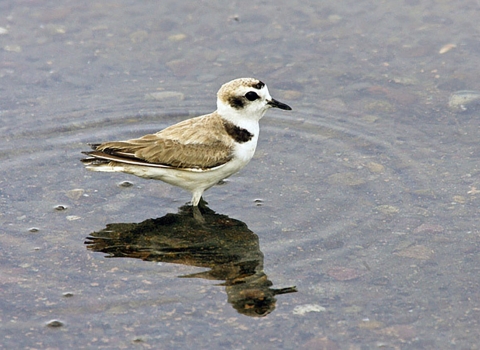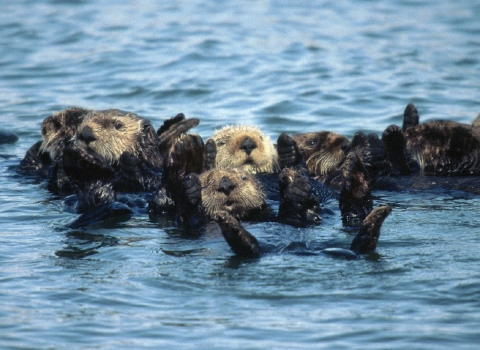Projects and Research
We use science and innovative technology to drive our management and conservation of terrestrial and aquatic resources. Collaboratively with partners, we seek to effectively meet today’s complex conservation challenges. Learn about a few key projects below.
Grizzly bears occupied the North Cascades region of Washington for thousands of years as a key part of the ecosystem, distributing native plant seeds and keeping other wildlife populations in balance. Populations declined primarily due to direct killing by humans.
In November 2022, the National Park Service and U.S. Fish & Wildlife Service initiated an Environmental...
The use, disposal, and accidental releases of contaminants can have unintended consequences for fish, wildlife, and their habitats. Fish and wildlife serve as indicators of our environment’s health and, ultimately, our own. Protecting fish and wildlife from pollution is an important part of our efforts to conserve the natural resources of Washington state.
Contaminants specialists...
Prairies are one of the rarest ecosystems in Washington. Less than ten percent of historic prairie in the South Sound region remains today, and an even smaller portion is dominated by native species. These ecosystems are a remnant of ice age glaciers, which left behind large swaths of gravelly, well-drained soils after their retreat.
Prior to settlement by Europeans, prairie...
Four subspecies of Mazama pocket gopher (Roy Prairie pocket gopher (Thomomys mazama glacialis); Olympia pocket gopher (T. m. pugetensis); Tenino pocket gopher (T. m. tumuli); and Yelm pocket gopher (T. m. yelmensis)) are found only in Thurston County (Olympia, Tenino, and Yelm pocket gophers) and Pierce County (Roy Prairie pocket gopher) in south Puget Sound, Washington. In April...
Joint Base Lewis-McChord (JBLM) supports military training while also hosting 90% of the remaining prairie habitat in the South Puget Sound. Through the Sentinel Landscapes Partnership, the Departments of Agriculture, Interior, and Defense work with a variety of partners to promote working lands, protect wildlife species and habitat, and ensure military readiness at the base.
...The western snowy plover is a federally threatened and state endangered shorebird in Washington State. Only about 100 birds are thought to be in the state and only in Grays Harbor and Pacific Counties, where they nest directly on the beach sand.
On the beach sand, the easily camouflaged plover eggs and nestlings are susceptible to being crushed by humans and vehicles and are...
The population of pygmy rabbits in the Columbia Basin of Washington State is endangered, first listed in 2003. The smallest species of rabbit in North America, this tiny creature has been brought to the brink of extinction by compounding factors that threaten to push it over the edge. The fracturing of its native shrub-steppe habitat, an increased occurrence of wildfire, and a deadly new...
For species and biological information, see the northern sea otter species page.
Population History in Washington StateSea otters have inhabited the northern coasts of the Pacific Ocean since the Pleistocene, about 1 to 3 million years ago. By 1740, when the Bering expedition explored the coasts of the Aleutian and Commander Islands, there were between 100,000 and 300,000 sea...
Hybridization with harsh paintbrush (Castilleja hispida), one of the preferred host plants for the endangered Taylor’s checkerspot butterfly, poses a potential threat to golden paintbrush (C. levisecta), another species of conservation emphasis.
To minimize the potential for hybridization, the U.S. Fish and Wildlife Service, the Washington Department of Natural Resources and the...










